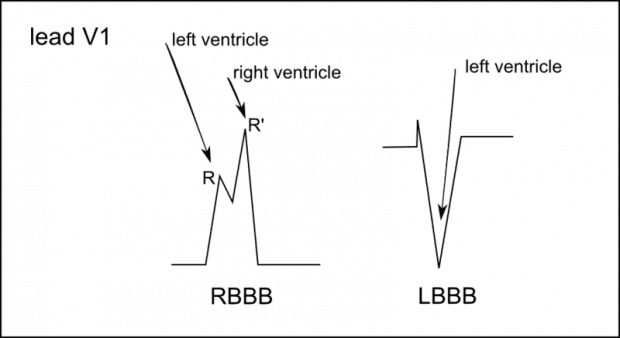
If there is a delay or block in the left or right bundle, depolarization will take longer to occur. Therefore we get a widened QRS (>0.12 sec or >3 small boxes).
One thing to remember to make this easier on yourself is that an “S Wave,” essentially means depolarization is going away from something and an “R Wave,” means depolarization is going toward something. As you continue to read this post just remember S = Away and R = Toward.
Once you have identified that your QRS is wide go to lead V1. If the “terminal force” of the QRS is above the baseline (big R wave) you have a RBBB. If the “terminal force” of the QRS is below the baseline (big S wave) you have a LBBB.

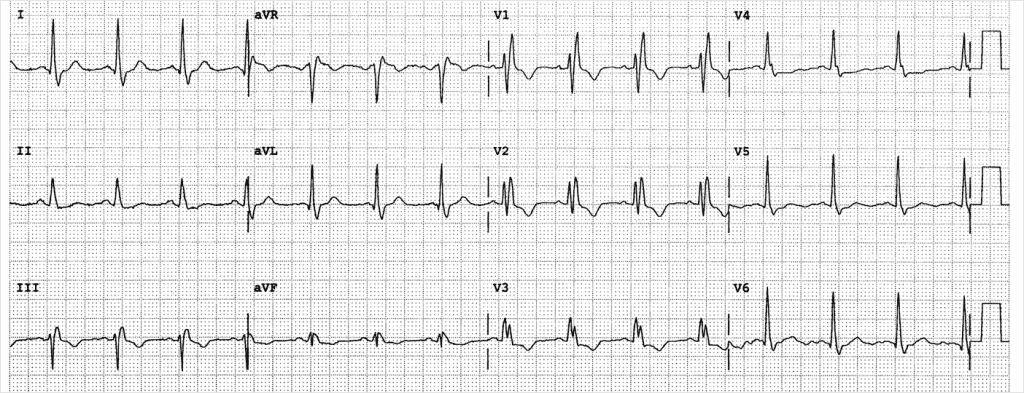
LBBB
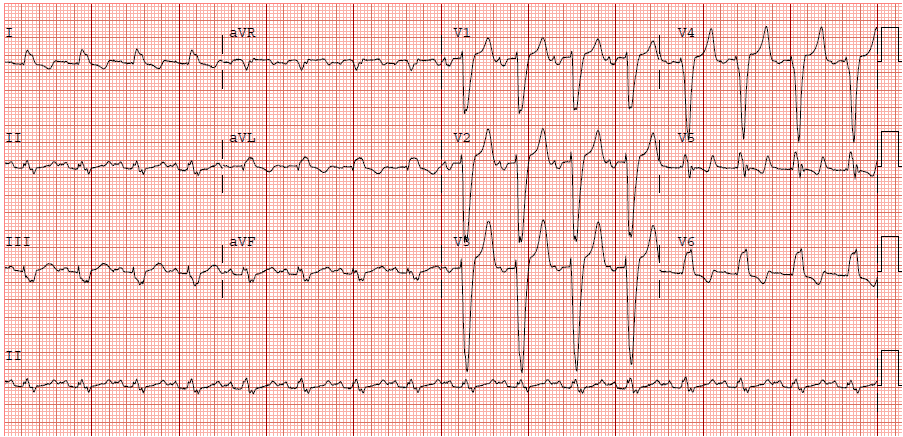
It gets more complicated. The left bundle actually has an anterior and a posterior fascicle. This changes the morphology and the axis of the ECG.
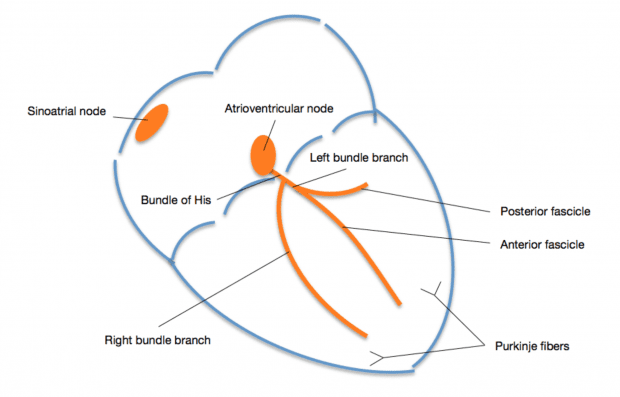
Lets start with LAFB. If the left anterior fascicle is blocked, then depolarization in the left ventricle will go toward the lateral leads (I and aVL) and away from the inferior leads (II, III, and aVF). This means you would expect to see a bigger R wave in leads I and aVL and a bigger S wave in leads II, III, and aVF.
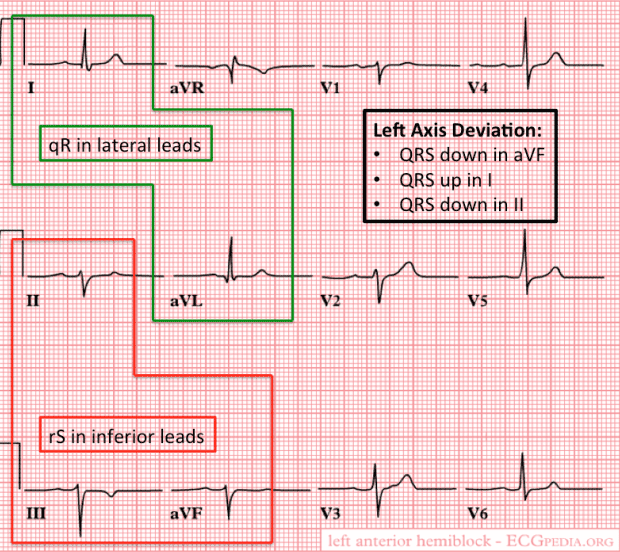
Lets now move on to LPFB. In general it is rare to find LPFB in isolation, because it is typically seen with RBBB. For the sake of explanation, if the posterior fascicle is blocked in isolation, then depolarization in the left ventricle will go toward the inferior leads (II, III, and aVF) and away from the lateral leads (I and aVL). This means you would expect to see a bigger R wave in leads II, III, and aVF and a bigger S wave in leads I and aVL.
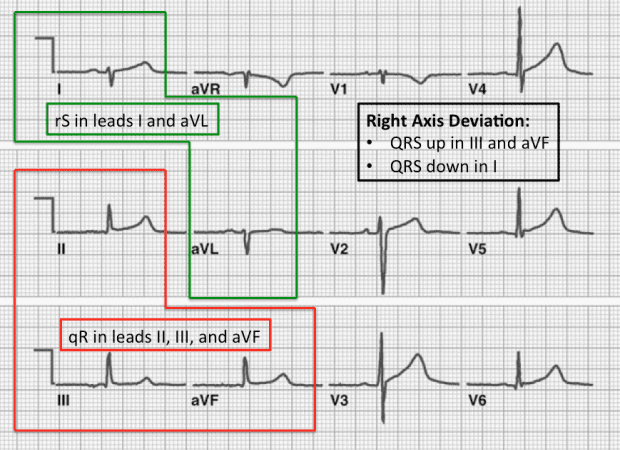
Hopefully, this helps simplify bundle branch blocks and how to read them on ECGs. Just remember:
S wave = depolarization away from leads
R wave = depolarization towards leads
Cite this article as: Salim Rezaie, "Bundle Branch Blocks: 101", REBEL EM blog, November 1, 2013. Available at: https://rebelem.com/bundle-branch-blocks101/.
Source: https://rebelem.com/bundle-branch-blocks101/